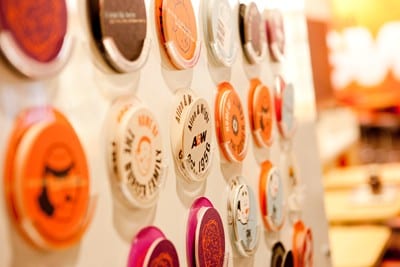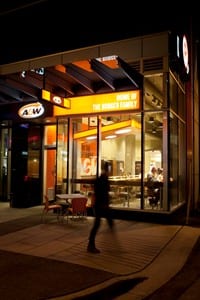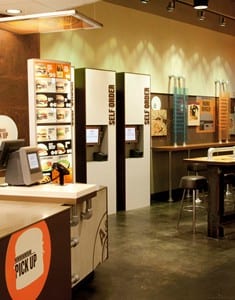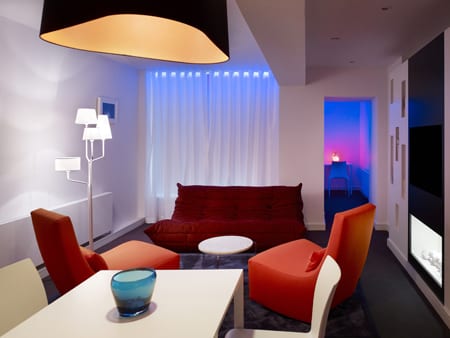Tasked with creating a new prototype for the A&W restaurant brand for urban areas in Canada, Cincinnati-based FRCH had to “address A&W’s desire to connect with new generations of customers who had high awareness of the A&W brand, but less emotional connection than previous generations,” says Rob Depp, VP of FRCH. “They connect with coolness without any hesitation, and leave behind what that is too deep, uninteresting and hard to understand. As a classic brand, A&W was struggling to attract this new breed of customer. They were doing very well attracting boomers in suburban areas. In contrast, A&W as a brand was not fully understood by new urbanites. This customer understood that A&W had a great product offering and they enjoyed it. However, the appearance of the environments and the brand expression was not fully connecting with this young, urban demographic.”

With that in mind, the FRCH design team used that very customer as inspiration for the prototype (this one located in Vancouver). “What we found is very simple: they want a place that is comfortable, honest, and intuitive. They want a place that gets who they are and enables them to feel comfortable just being themselves,” says Toby Harris, FRCH’s managing creative director, noting that they also had to express the existing brand positioning of “Home of Burger Family” to this customer, in a relevant, current way.

Urban architecture as a means to communicate comfort was the team’s answer. Honest materials-concrete floors, rusted metal panels, steel beams, metal pipes, and wood-are mixed with playful graphics throughout. “All of these elements combine with familiar A&W branded colors, shapes, and elements placed strategically to express the brand in an accessible and inspiring way for the customer,” says Harris, noting that they created an easy kit of parts that can be adapted by any franchiser.

Highlights, say Depp and Harris, include a center communal table and a self-ordering kiosk. Or there’s a new menu board system that Depp says “allows the customer to communicate with the employee on a more personal level by moving it closer to the customer, unlike the traditional behind the counter menu board.”





